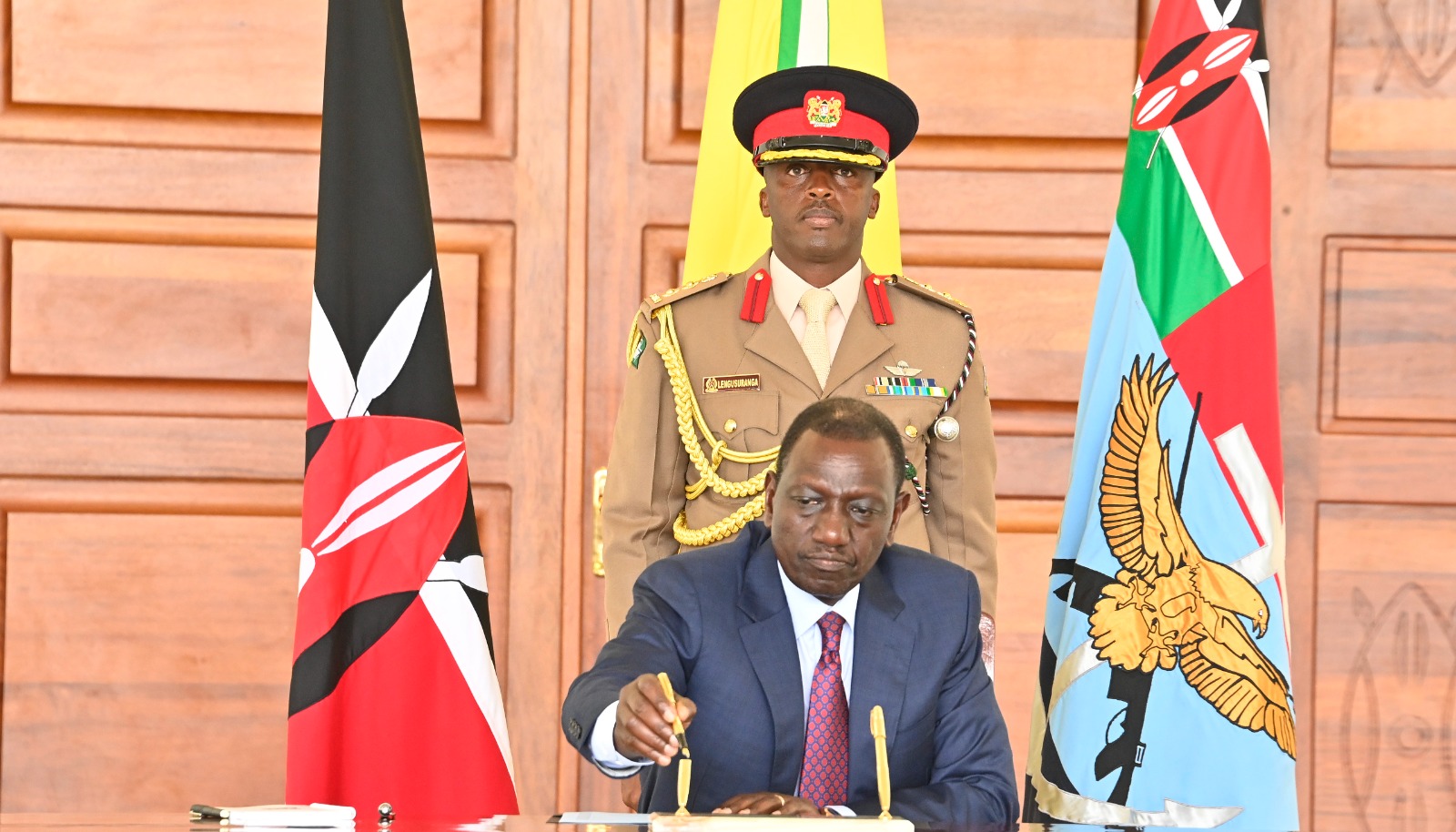
Ruto sets 22pc target on tax rate, says Kenyans will thank him » Capital News
NAIROBI, Kenya, May 15 — President William Ruto has revealed plans to progressively increase Kenya’s general tax rate to 22 per cent under a decade.
Speaking during a meeting with Harvard University students at State House Nairobi on Tuesday, the Head of State outlined his vision to raise the country’s current tax rate from the prevailing 16 percent by the conclusion of his term.
Ruto emphasized the importance of enhancing revenue generation to fund critical government initiatives and reduce the burden of foreign borrowing.
“Kenyans have been conditioned to think that they pay the highest taxes but empirical data shows that as of last year (2023), our tax as a percentage of our revenues is 14 percent,” he said.
The Head of State asserted that by increasing the average tax rate, the government seeks to expand its revenue base, thereby enabling investments in key sectors such as healthcare, education, infrastructure, and social welfare.
“Possibly this year we will be at 16 percent from 14 percent. I want to leave it between 20 and 22 percent at the end of my term,” he added.
Already, under a proposed taxation plan slated for implementation in the 2024/25 fiscal year, the government has proposed more revenue measures including a 2.5 per cent wealth tax on cars pegged on value.
Ruto said the measures would secure a more sustainable financial future while fostering economic stability and growth.
President Ruto acknowledged that the tar review would generate significant debate and scrutiny, particularly regarding its potential impact on businesses, consumers, and the economy.
However, he noted that it is the best way to make Kenya self-reliant.
He contended that by strengthening domestic revenue mobilization, the government can better protect against economic shocks and ensure sustainable development for future generations.
The President’s announcement comes amid growing pressure to address Kenya’s fiscal challenges, including rising debt levels and budgetary constraints exacerbated by a slowed economy still recovering from the ravages of Covid-19.
